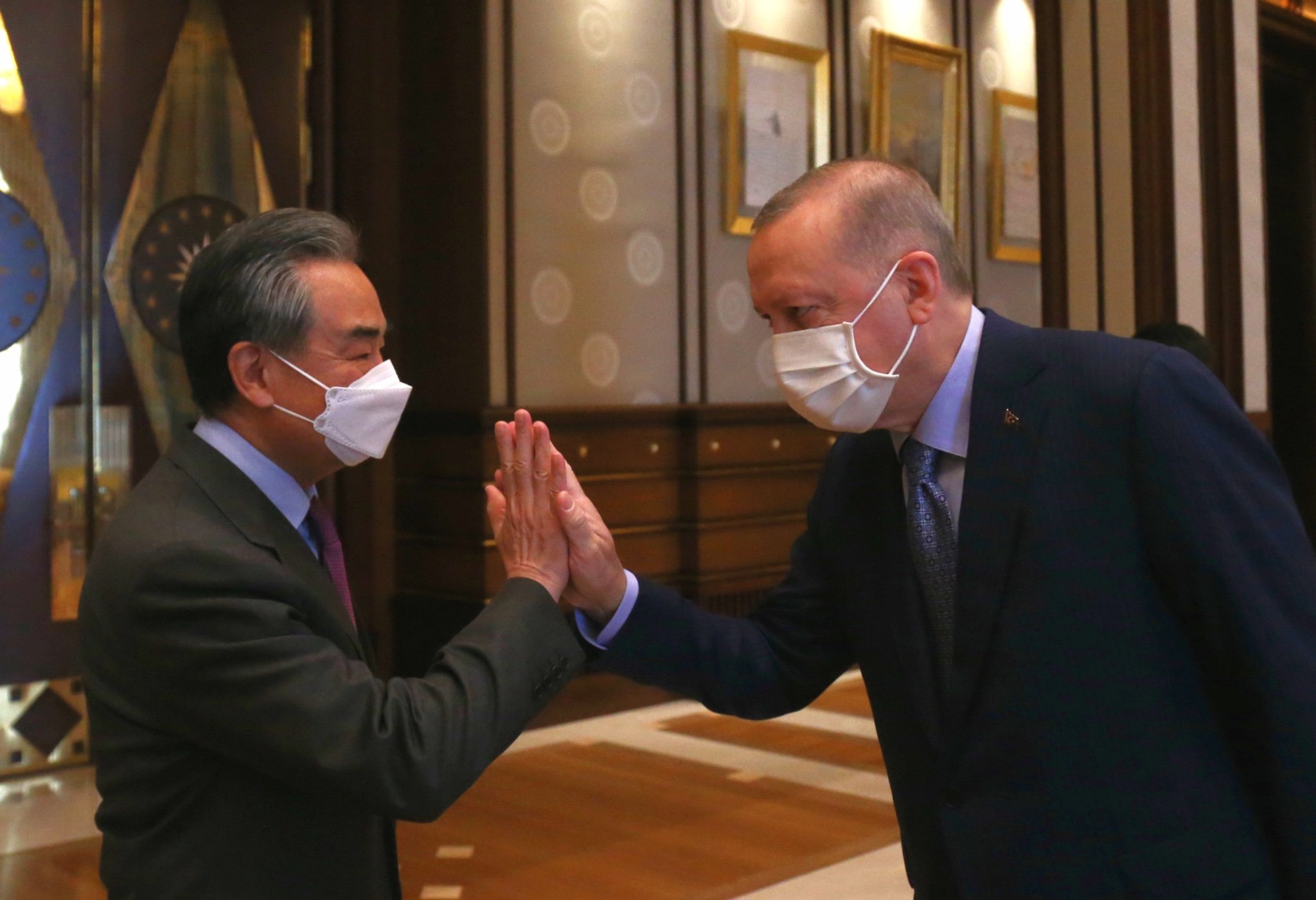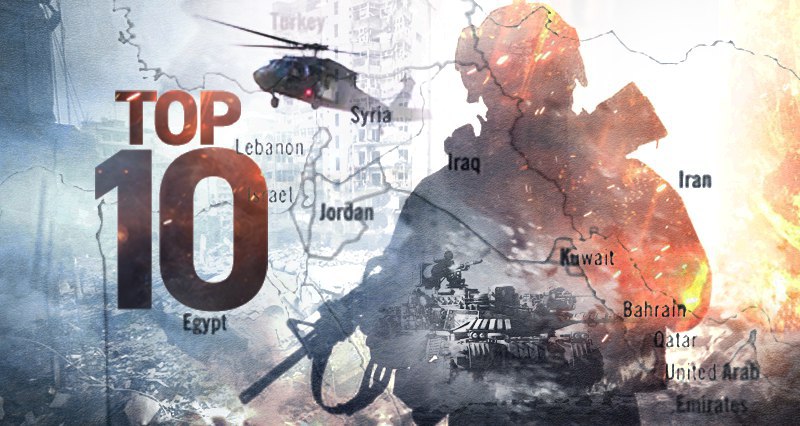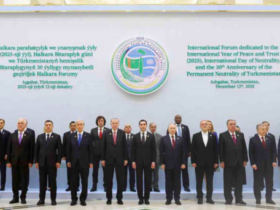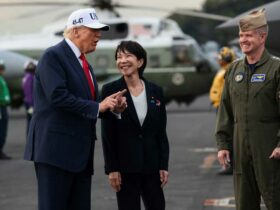The Promise and Challenge of Defense Industrialization.
The Promise and Challenge of Defense Industrialization.
By Mehmet Enes Beşer
The way warfare has never changed in linear fashion, nor has Malaysia’s search for a place in the defense industry testified to the inbuilt complexity. The modern-day battlefield demands urgency, precision, and seamless implantation of technology on land, sea, skies, and in the cyber sphere. For Malaysia, a nation historically more sensitive to traditional dangers and internal security concerns, embracing the quickly changing imperatives of the Revolution in Military Affairs (RMA) is an existential necessity as well as a historic opportunity.
Malaysia’s defense industrialization experience has been a story of vision vs. institutional limitation. From the Defense Industry Blueprint (2010–2020) to the current Defense White Paper, policymakers have articulated ambitious goals: self-sufficiency, local capability building, and ultimately export competitiveness. But vision translated into reality has remained a distant dream. The local defense industry remains limited, fragmented, and dependent largely on foreign sources for critical technologies in aerospace, cyber defense, and naval platforms.
The core problem is two-pronged. One, Malaysia is a scale issue. Defense industries enjoy economies of scale, but Malaysia’s comparatively small defense budget and domestic demand restrict the room for Malaysian companies to grow, invest in R&D, and innovate independently. The defense budget of around 1–1.5% of GDP is thinly stretched across operational needs, modernization, and new procurement. As a result, local players are licensees or subcontractors rather than prime producers of major technologies. Second, the human capital pipeline has lagged behind technology objectives.
The RMA is all about information dominance, network-centric warfare, and the embedding of AI, robotics, and autonomous systems in military thought. Malaysia’s university and vocational training systems, while improving, are still not producing a stable supply of defense-oriented systems integrators, cyber experts, and engineers in the needed quantity. Moreover, a historical brain drain problem exacerbates the issue, with some of Malaysia’s most talented technologists and engineers continuing to seek out opportunities abroad. It is at this point that Malaysia has sought international cooperation as a means of technological leapfrogging.
Transactions involving Türkiye’s defense sector, South Korea’s shipbuilding industry, and European aerospace majors are indicative of a strategic prejudice in favor of joint ventures and technology transfer. Such deals, though advantageous, do not necessarily imply control of technology. Lacking investment in local absorptive capacities — the ability to absorb, adapt, and eventually generate technologies domestically — Malaysia is possibly destined for a vicious cycle of licensed production with minimal real innovation. The Revolution in Military Affairs calls not only for hardware upgrading but also for doctrinal development.
Contemporary warfare is more about network integration, cyber domination, and near-real-time information exploitation, and less about the superiority of hardware. For Malaysia, this involves a conceptual leap: away from platform-based defense planning and towards system-of-systems thinking. It is not so much a question of acquiring a superior fighter aircraft or a new generation frigate; it is a question of incorporating these assets into an agile, decentralized, information-rich war fighting network. Proof of this conceptual shift exists. The Malaysian Armed Forces (MAF) are working towards adopting cyber commands, exploring unmanned system use, and deploying battlefield management systems. Nonetheless, the shift is slow, partly because of bureaucratic lethargy and partly because of political cycle-based loss of strategic vision. National defense requirements are too readily left to short-term procurement politics, rather than being determined in long-term capability development priorities.
At the regional level, Malaysian defense industrial ambitions must also be situated within the broader Southeast Asian security environment.
China’s expanding military capabilities, the increased US-China rivalry in the South China Sea, and the rising frequency of grey-zone activities by state and non-state actors all underscore the urgent need for increased self-reliance. Relying entirely on foreign suppliers — particularly when political allegiances turn into a risky bet — poses strategic risks that Malaysia cannot afford in the decades to come. The way forward involves painful but unavoidable policy choices.
First, Malaysia needs to consolidate its disunited platform of defense industries. Rather than scattering scarce resources thinly over scores of small firms, the state must focus on a few national champions which can gain scale, competitiveness, and innovation. Second, there must be a determined effort to link the civilian tech economy — start-ups, AI researchers, and cyber-security firms — with defense needs, leveraging the dual-use model of innovation which drives defense industries in advanced economies. Besides, Malaysia must re-make procurement processes. Instead of buying whole platforms abroad, fresh contracts will have to increasingly mandate domestic co-development, in-country intellectual property development, and access to future enhancements. Partnership effectiveness will be less in terms of what is bought today and more in terms of what can be made tomorrow.
The Revolution in Military Affairs is not an arms race for the latest gizmos.
It is a revolution in the manner in which nations think, wage war, and defend their interests. For Malaysia, winning this revolution is not an option if it is to defend its sovereignty, make meaningful contributions towards regional stability, and have a future where national defense is underpinned by national innovation. The transition will be long and troubled, but by way of strategic guidance, institutional change, and persistent commitment to human resources and technological capacity, Malaysia can be turned into a proactive designer of its own defense future.

















Leave a Reply